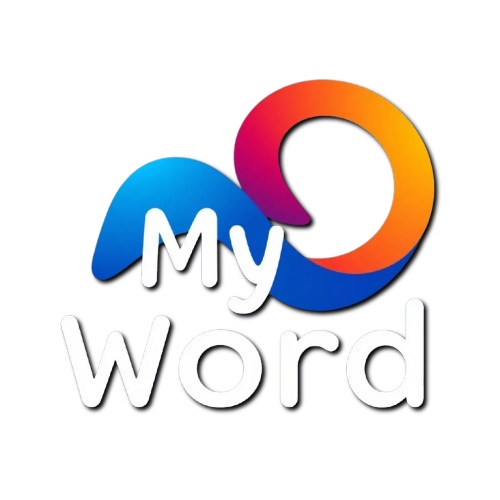I will admit that my interest in the book was piqued by the recent demonetization exercise. For most of us, digital money extends to any non-cash means of payment. Thus, in India, digital wallets like PayTM, Mobikwik and Freecharge are synonymous with digital money. However, as the book points out, digital wallets form only a small proportion of digital money which consists of any form of digital value transfer.
A thing to keep in mind before starting off with the book is that it considers its target audience to be those who are looking to enter in to this line of business more than any other subset of people. Hence, the book is not as strong conceptually as it is in helping understand the market through its myriad of case studies. It also uses a gaming paradigm which works really well. Normally, a game paradigm would work for any industry but it fits really well over here since it is an emerging and evolving industry.
Section I (The Game Space) of the book introduces the concept of digital money by dispelling the myths most commonly associated with digital money and gives an indication to the size of the addressable market. Section II (Player Perspectives) focuses mainly on the stakeholders in this sphere of business and this is where the gaming paradigm of the book comes to the fore. The inclusion of past play, current status and future play for each category of player (eg. Mobile Network Operators) puts one on a coherent path that is easy to grasp. Section III (The Endgame) of the book sets up a formal framework and explains the characteristics of digital money in further detail before laying out a future vision.
In terms of the Indian landscape, the book mentions the presence of 8 pre-paid payment providers but the only notable name included is Airtel Money. Aadhar is spoken of as an enabler though recent developments like Aadhar enabled payments don’t find a mention in terms of future possibilities. ICICI Bank finds a mention because of its size. A prominent case study from the Indian perspective mentioned in the book is that of FINO which I was not aware of.
Ultimately, the book falls short in 2017 on account of being a victim of time. The latest reference I could find is from July 2014 which is a lifetime in this fast evolving sector. This anachronism is amusing in the way the book speaks of European Unity, the revolutionary Amazon Fire phone and Bitcoin. Consequently, the vibrant Indian payments landscape that has developed since is sorely absent. The book feels like a plug-in for the Shift Thought portal which itself is terribly dated. Hence, while the book is a decent read, it is perhaps worth less of the time it necessitates.



